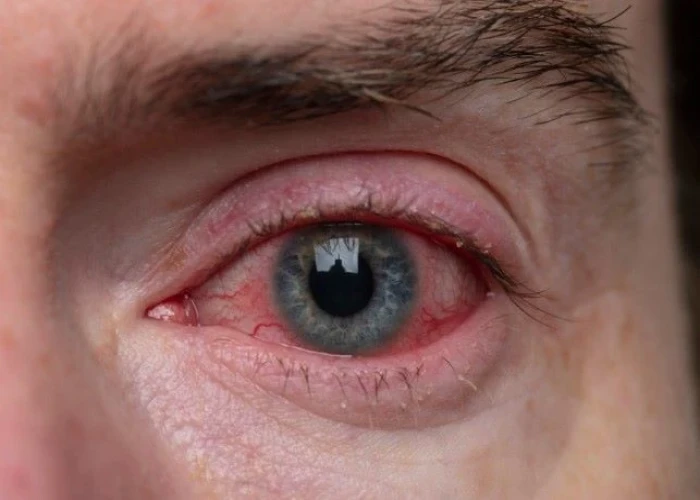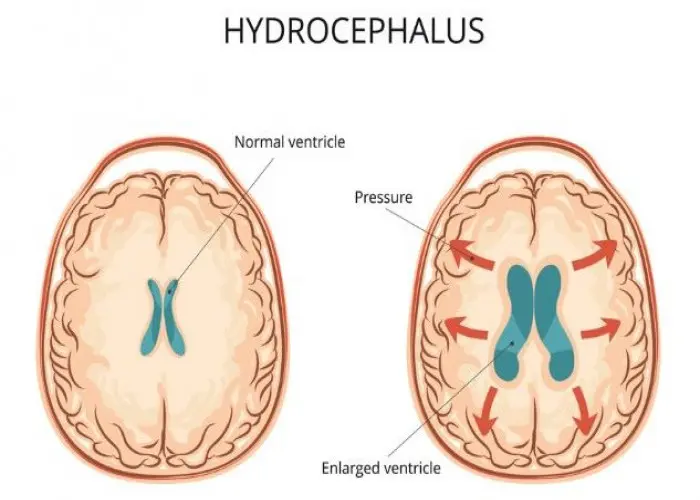 Welcome
Welcome
“May all be happy, may all be healed, may all be at peace and may no one ever suffer."
Pink eye (conjunctivitis)

Pink eye, also known as conjunctivitis, is an inflammation of the thin, clear tissue that lines the inside of the eyelid and covers the white part of the eye. The condition can be caused by a viral or bacterial infection, an allergic reaction, or exposure to irritants such as smoke, chemicals, or contact lenses.
Symptoms of pink eye may include redness of the eye, itching, burning, discharge, tearing, and sensitivity to light. In cases of viral or bacterial conjunctivitis, the discharge may be thick and yellow or green in color.
Treatment for pink eye depends on the cause of the condition. Viral conjunctivitis typically clears up on its own within a week or two, while bacterial conjunctivitis may require prescription antibiotics. Allergic conjunctivitis can be treated with antihistamine eye drops or other allergy medications.
Prevention of pink eye involves practicing good hygiene, such as washing your hands frequently, avoiding sharing personal items such as towels or pillows, and avoiding touching your eyes with your hands. If you wear contact lenses, it is important to follow proper hygiene practices for cleaning and disinfecting your lenses.
If you suspect you have pink eye, it is important to seek medical attention to determine the cause and appropriate treatment. In some cases, pink eye can be a symptom of a more serious eye condition that requires immediate attention.
Research Papers
Disease Signs and Symptoms
- Eye redness
- Itchy eye
- Excessive tears in eyes
- A gritty feeling in one or both eyes
- Pink eye (conjunctivitis)
Disease Causes
Pink eye (conjunctivitis)
Causes of pink eye include:
- Viruses
- Bacteria
- Allergies
- A chemical splash in the eye
- A foreign object in the eye
- In newborns, a blocked tear duct
Viral and bacterial conjunctivitis
Most cases of pink eye are typically caused by adenovirus but can also be caused by herpes simplex virus, varicella-zoster virus, and various other viruses, including the virus that causes coronavirus disease 2019 (COVID-19).
Both viral and bacterial conjunctivitis can occur along with colds or symptoms of a respiratory infection, such as a sore throat. Wearing contact lenses that aren't cleaned properly or aren't your own can cause bacterial conjunctivitis.
Both types are very contagious. They are spread through direct or indirect contact with the liquid that drains from the eye of someone who's infected. One or both eyes may be affected.
Allergic conjunctivitis
Allergic conjunctivitis affects both eyes and is a response to an allergy-causing substance such as pollen. In response to allergens, your body produces an antibody called immunoglobulin E (IgE). This antibody triggers special cells called mast cells in the mucous lining of your eyes and airways to release inflammatory substances, including histamines. Your body's release of histamine can produce a number of allergy signs and symptoms, including red or pink eyes.
If you have allergic conjunctivitis, you may experience intense itching, tearing and inflammation of the eyes — as well as sneezing and watery nasal discharge. Most allergic conjunctivitis can be controlled with allergy eyedrops.
Conjunctivitis resulting from irritation
Irritation from a chemical splash or foreign object in your eye is also associated with conjunctivitis. Sometimes flushing and cleaning the eye to rid it of the chemical or object causes redness and irritation. Signs and symptoms, which may include watery eyes and a mucous discharge, usually clear up on their own within about a day.
If initial flushing doesn't resolve the symptoms, or if the chemical is a caustic one such as lye, you need to be seen by your doctor or eye specialist as soon as possible. A chemical splash into the eye can cause permanent eye damage. Persistent symptoms could also indicate that you still have the foreign body in your eye — or possibly a scratch over the cornea or the covering of the eyeball (sclera).
Disease Prevents
Pink eye (conjunctivitis)
Preventing the spread of pink eye
Practice good hygiene to control the spread of pink eye. For instance:
- Don't touch your eyes with your hands.
- Wash your hands often.
- Use a clean towel and washcloth daily.
- Don't share towels or washcloths.
- Change your pillowcases often.
- Throw away your eye cosmetics, such as mascara.
- Don't share eye cosmetics or personal eye care items.
Keep in mind that pink eye is no more contagious than the common cold. It's okay to return to work, school or child care if you're not able to take time off — just stay consistent in practicing good hygiene.
Preventing pink eye in newborns
Newborns' eyes are susceptible to bacteria normally present in the mother's birth canal. These bacteria cause no symptoms in the mother. In rare cases, these bacteria can cause infants to develop a serious form of conjunctivitis known as ophthalmia neonatorum, which needs treatment without delay to preserve sight. That's why shortly after birth, an antibiotic ointment is applied to every newborn's eyes. The ointment helps prevent eye infection.
Disease Treatments
Pink eye treatment is usually focused on symptom relief. Your doctor may recommend using artificial tears, cleaning your eyelids with a wet cloth, and applying cold or warm compresses several times daily.
If you wear contact lenses, you'll be advised to stop wearing them until treatment is complete. Your doctor will likely recommend that you throw out contacts you've worn if your lenses are disposable.
Disinfect hard lenses overnight before you reuse them. Ask your doctor if you should discard and replace your contact lens accessories, such as the lens case used before or during the illness. Also replace any eye makeup used before your illness.
In most cases, you won't need antibiotic eyedrops. Since conjunctivitis is usually viral, antibiotics won't help, and may even cause harm by reducing their effectiveness in the future or causing a medication reaction. Instead, the virus needs time to run its course — up to two or three weeks.
Viral conjunctivitis often begins in one eye and then infects the other eye within a few days. Your signs and symptoms should gradually clear on their own.
Antiviral medications may be an option if your doctor determines that your viral conjunctivitis is caused by the herpes simplex virus.
Treatment for allergic conjunctivitis
If the irritation is allergic conjunctivitis, your doctor may prescribe one of many different types of eyedrops for people with allergies. These may include medications that help control allergic reactions, such as antihistamines and mast cell stabilizers, or drugs that help control inflammation, such as decongestants, steroids and anti-inflammatory drops.
Over-the-counter eyedrops that contain antihistamines and anti-inflammatory medications also may be effective. Ask your doctor if you're not sure which product to use.
You may also reduce the severity of your allergic conjunctivitis symptoms by avoiding whatever causes your allergies when possible.
Disease Diagnoses
Disease Allopathic Generics
-
Tetracycline Hydrochloride (Ophthalmic)
How much ointment should be applied to both eyes 3/4 times a day.
-
Paracetamol
1 pill 2/3 times daily.
-
Chlorpheniramine Maleate
Medicines containing chlorpheniramine maleate (allergic eye irritation or itchy eyes).
1/2 pill 3 times a day.
-
Promethazine Hydrochloride
1 pill 3 times a day.
-
Pheniramine Maleate
1 tablet 3 times a day or 1 tablet of 75 mg at night.
-
Mebhydrolin Napadisylate
1/2 pill 3 times a day.
-
Terfenadine
1 pill 2 times a day over 12 years.
-
Cetirizine Hydrochloride (Ophthalmic)
0+0+1.
-
Loratadine
0+0+1.
- Oxytetracycline
-
Amoxicillin Trihydrate
Adults: 1 capsule every 6 hours for 5/7 days.
Disease Ayurvedic Generics
Disease Homeopathic Generics
Disease yoga
Pink eye (conjunctivitis) and Learn More about Diseases

Trichotillomania (hair-pulling disorder)

Hydrocephalus

Pediatric thrombocytopenia

Gallbladder cancer

Muscle strains

Tooth abscess

Ascariasis

Esophageal cancer
pink eye, conjunctivitis, গোলাপী চোখ, কনজেক্টিভাইটিস
To be happy, beautiful, healthy, wealthy, hale and long-lived stay with DM3S.
